Pete Christlieb & Warne Marsh, ‘Magna-Tism’
Caution: This week’s SoTW is going to be more arcane, obscure, elitist, disjointed and soporific than usual, but it’s about a terrific piece of music. So do yourselves a favor: first click on ‘Magna-tism’ by Pete Christlieb and Warne Marsh, then go on about your constructive day’s activities.
Where to even begin wagging this shaggy-dog tale? Let’s try it more or less chronologically.
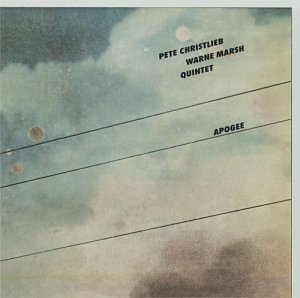 On the fourth day of the Creation, the Big Boy said, “Hey, where’s the light??” There was none! So he made the sun, the moon and the stars. That very moon, as you may know, orbits that very earth in an elliptical pattern. The point at which it’s closest to the earth is its perigee; the furthest point is called its apogee, usually occurring around the 4th of July. The term ‘Apogee’ also refers to the climax or culmination or zenith or pinnacle or acme of something.
On the fourth day of the Creation, the Big Boy said, “Hey, where’s the light??” There was none! So he made the sun, the moon and the stars. That very moon, as you may know, orbits that very earth in an elliptical pattern. The point at which it’s closest to the earth is its perigee; the furthest point is called its apogee, usually occurring around the 4th of July. The term ‘Apogee’ also refers to the climax or culmination or zenith or pinnacle or acme of something.
Something such as a cutting session between two tenor saxophonists. But we get ahead of ourselves.
In 1946, the obnoxious, gifted, blind Chicago pianist Lennie Tristano moved to New York, gathered a group of very talented and very young musicians around him, and to a great extent invented Cool Jazz, the antithesis to the Charlie Parker over-the-top bebop dominating the scene at the time. In SoTW 27, we discussed Tristano’s incredible live version of ‘Wow!’ The alto saxophonist in that sextet was Lee Konitz, one of the greatest musicians around (still going strong at 85!), whom we’ve written about a number of times; the tenor sax player was Warne Marsh (1927-1987).
Warne Marsh is not a household name in many households, unless there’s a tenor saxophonist living there. He grew up a rich Hollywood brat, cut his chops in NYC with Tristano, returned to an unsuccessful career as a West Coast Tristano devotee, cleaned pools to support his family, restarted a minor-league career in the 1970s, gained legendary status as a thinking musician’s musician, and died onstage playing ‘Out of Nowhere’. I have about 15 Marsh albums in my collection, and another 20 of him playing with Konitz and with Tristano. As unsuccessful as he was commercially, he shone both as a craftsman and as a thinking musician. He plays innovative, long sinewy lines, always surprising, always interesting, always a joy to listen to. We’ll pay him his due due some other week.
Meanwhile, circa mid-1970s Warne was playing with Pete Christlieb (b. 1945), a young tenor saxist firmly ensconsed in the 1950s West Coast jazz tradition – straightforward, hard-blowing, rhythmic, swinging, open, smooth, fun. Pete was making his living as a studio musician both for popular artists such as Dionne Warwick, Robbie Williams,
Tom Waits, and James Brown, as well as jazz artists such as Freddie Hubbard, Quincy Jones, and Dizzy Gillespie. For years he was the tenor sax player for Doc Severinsen’s Tonight Show Band, probably the best jazz gig of its type in the West.
One of his most notable session gigs was with Steely Dan (named after a dildo in William Burroughs’ “Naked Lunch”). Steely Dan was a primarily studio band led by Walter Becker (b. 1950) and Donald Fagen (b. 1948). They met at Bard College, played together in the backing band of Jay & The Americans (‘Only in America’), then formed one of the most critically and commercially successful musical entities of the 1970s. Their horizons were always art music rather than bashing rock, and they were both steeped in the jazz tradition.
Here’s ‘Deacon Blues’ from their 1977 album “Aja”, featuring Pete Christlieb on tenor. “I’ll learn to work the saxophone/I’ll play just what I feel/Drink Scotch whisky all night long/And die behind the wheel.”
In 1978, Becker et Fagen exploited their status to produce a album by Christlieb et Marsh for a major label (Warner Brothers), clearly a labor of love rather than a commercial venture. The album’s called “Apogee”, and it is one.
The format of two tenor saxes has a rich tradition, primarily as ‘cutting sessions’, the jazz equivalent of the Wild West gun duel. Coleman Hawkins, Lester Young, Ben Webster, Sonny Rollins, Sonny Stitt, Gene Ammons all cut their chops in these showdowns. Here’s Paul Quinchette taking on John Coltrane in the 1957 ‘Cattin’, written and accompanied here by the great Mal Waldron. Here’s ‘Brandy and Beer’ by Al Cohn and Zoot Sims from the same year (with Mose Allison on piano!).
We’ll talk about Mose Allison another time soon, but right now we’re going to finally get to our point – the opening cut on “Apogee”, ‘Magna-Tism’, a dynamite, thrilling arrangement by Joe Roccisano (1939-1997).
‘Magna-Tism’ is written by Christlieb, essentially a reworking of ‘Just Friends’, a classic written by John Klenner and Samuel M. Lewis in 1931 for Red McKenzie & His Orchestra, with more versions over the years than the number of ants on a Tennessee anthill. Here’s Lee Konitz doing it in 1974.
On ‘Magna-Tism’, 33-year old Christlieb takes the first solo – in-your-face, muscular, brashly brassy. Then Marsh takes his turn. He’s 51 at the time of the recording, but with four times that much musical experience – wily, winding, wending, wise, westrained, a wondrous example of the Tristano-school epithet: “Ice also burns.” Then they join together in tandem and in unison for a no-bars held tour-de-force chorus, a great double-tracked arrangement.
It’s fine, fun, ass-kicking jazz, and Steely & Dan deserve a lot of credit for facilitating this album. But if you want to hear two saxophonists make this sound like it’s sitting still, check out Tristano/Konitz/Marsh on the 1949 live ‘Wow’. Still, that detracts nothing from this terrific “Apogee” album.
I’m guessing you might want to hear a bit more from the album. Here’s ‘Rapunzel’, written by Fagen and Becker, a bebop composition based on ‘In the Land of Make Believe’ (Bacharach-David). Here’s their take on ‘Donna Lee’, the Charlie Parker classic (here by Bird himself). And here’s their Tristano composition ‘317 E.32nd’, one of my very very very favorite jazz pieces. Here it is by the Tristano/Konitz/Marsh quintet. But that’s a whole ‘nother story.
If you enjoyed this post, you may also like:
119: Tom Harrell, ‘Train Shuffle’ 094: Brad Mehldau, ‘Martha, My Dear’ (“Live in Marciac”) 037: Lee Konitz, ‘Alone Together’ (w. Charlie Haden & Brad Mehldau)


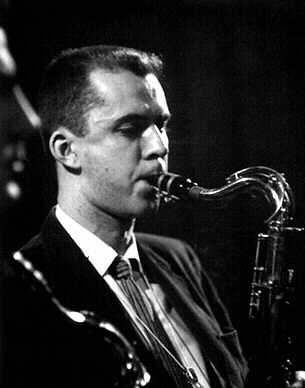

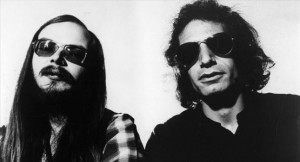
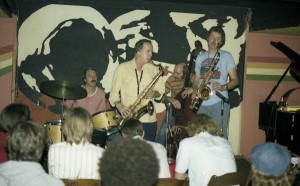
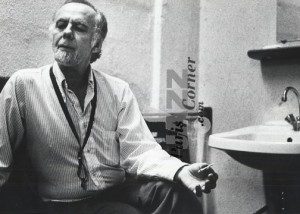
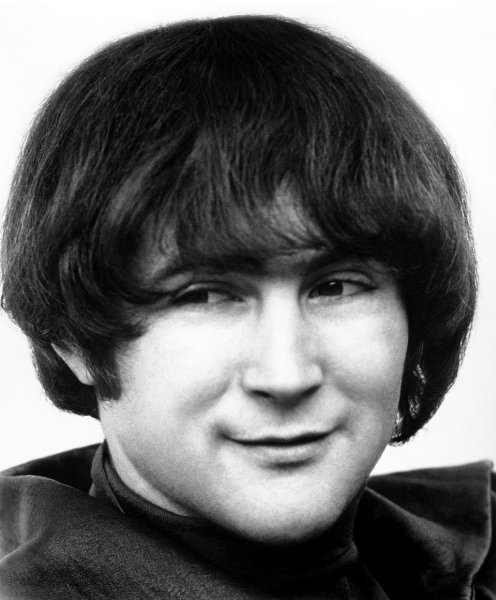

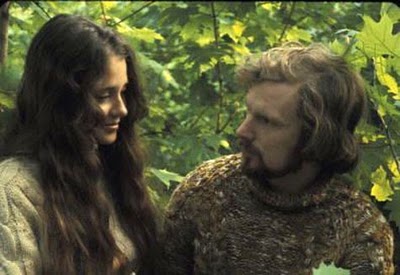
A wonderful piece.
Nothing like you promised.
Glad you enjoyed.
I didn’t see this the first time around. Enjoyed it.
Oh my GOODNESS! Are they twins joined at the embouchure?!
Oh, Marc, these guys are just warming up.
If you really want to hear Siamese twin saxophonists, check out Warne Marsh when he’s playing with the incomparable Lee Konitz. Here they are, still at school in Lennie Tristano’s studio, 1949. Ice also burns!
https://jmeshel.com/027-lennie-tristano-wow/